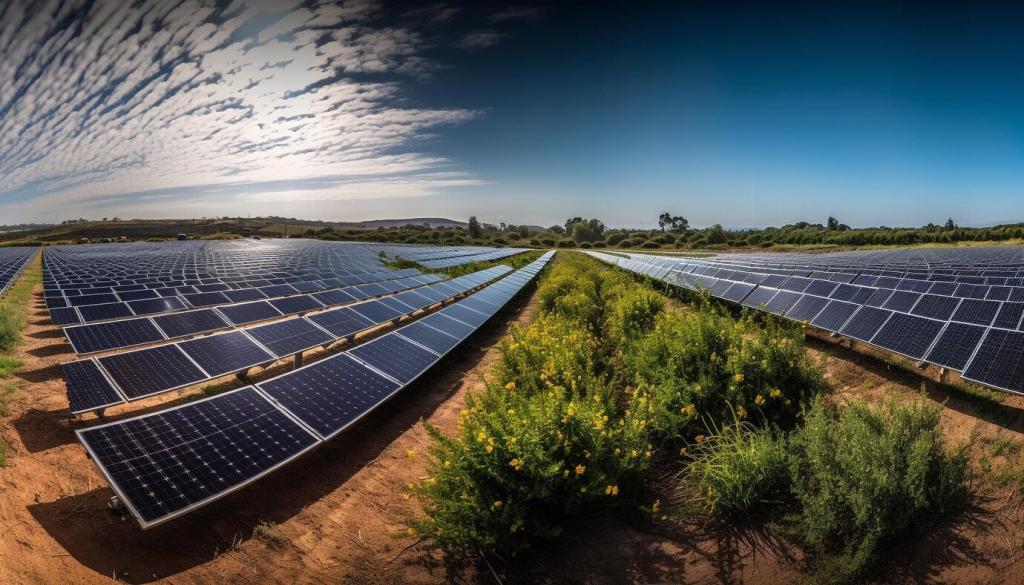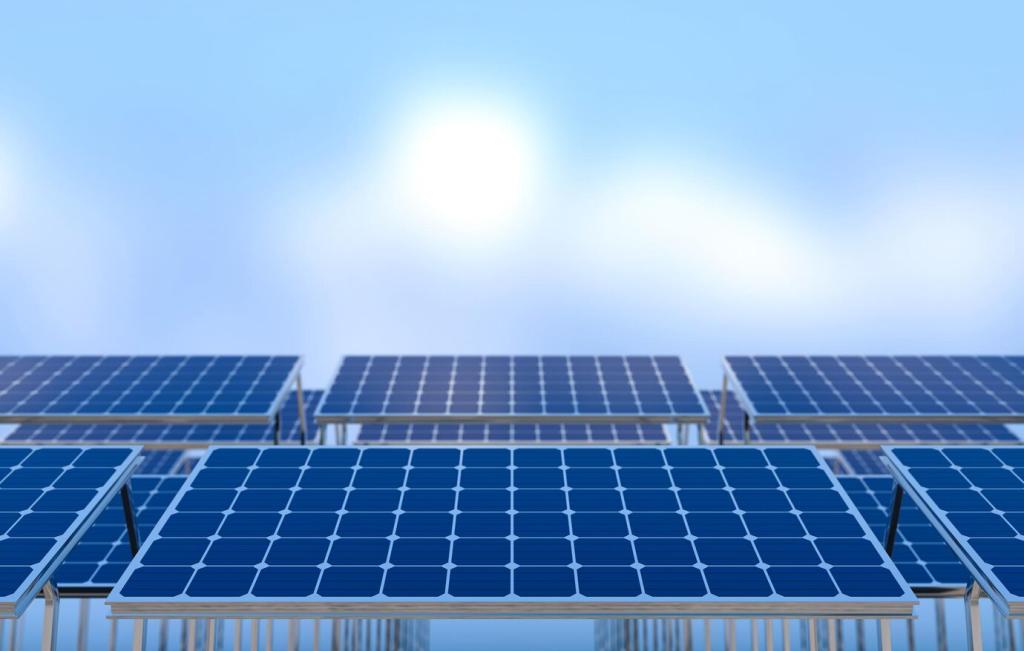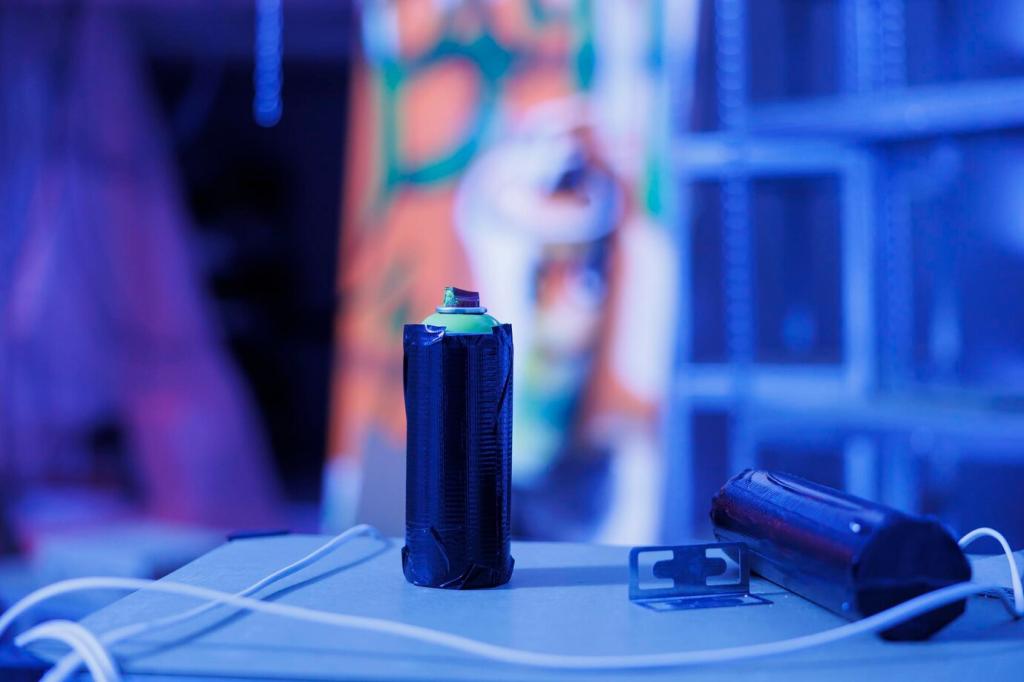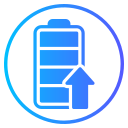Nanotechnology in Battery Production: Tiny Structures, Big Power
Chosen theme: Nanotechnology in Battery Production. Explore how nanoscale materials unlock faster charging, longer life, and safer batteries for phones, vehicles, and the grid. Dive in, leave a comment with your burning questions, and subscribe to follow our next nanoscale breakthroughs.




Silicon Anodes with Nano-Buffers
Silicon stores far more lithium than graphite but expands dramatically. Nanosizing silicon and adding voided carbon shells or flexible binders create buffer zones that absorb swelling. This architecture preserves contact, reduces cracking, and keeps electrons flowing, enabling energy-dense cells that survive demanding charge cycles.
Graphene, Nanotubes, and Conductive Highways
Graphene sheets and carbon nanotubes form percolating networks that speed electrons across the electrode. Even small loadings can drastically lower resistance, improving power at low temperatures and during rapid charging. Carefully engineered nano-networks also help maintain structure as particles breathe during thousands of cycles.
Solid Electrolytes and Dendrite Defense
At nanoscale interfaces, solid electrolytes meet lithium with fewer voids and better mechanical conformity. Nano-grained ceramics, thin interlayers, and engineered surface chemistries can discourage needle-like dendrites. The payoff is safer, denser cells that edge solid-state batteries closer to everyday vehicles and long-duration storage.
Manufacturing at Scale: From Lab Trick to Gigafactory

Atomic Layer Deposition for Ultrathin Coatings
Atomic layer deposition builds conformal coatings angstrom by angstrom across powders and electrodes. These ultrathin films suppress transition-metal dissolution, stabilize cathode surfaces, and improve electrolyte compatibility. The challenge is throughput, but spatial ALD and smart fixturing are closing the gap for industrial adoption.

Electrospinning and Nano-Fiber Separators
Electrospun polymer nanofibers create separators with uniform pores and high thermal stability. Their tortuous, tunable structures improve ion transport while resisting shrinkage during abuse tests. Consistent fiber diameter, solvent recovery, and roll-to-roll alignment are key to translating lab wins into continuous, high-yield production.

Quality Control: Seeing the Invisible
Inline metrology and machine learning help spot nano-scale defects before they snowball into warranty claims. Signal fusion from optical, X-ray, and impedance data reveals coating uniformity, porosity, and contamination. Catching problems early protects yield, safety metrics, and brand trust in demanding markets.


Performance, Safety, and Fast Charging
Nano-porous scaffolds and elastic binders let particles expand and contract without losing contact. Protective nanolayers limit electrolyte decomposition, keeping the solid-electrolyte interphase uniform. Together, these effects reduce capacity fade and resistance growth, preserving usable range for years of daily driving or grid cycling.
Performance, Safety, and Fast Charging
Short diffusion paths and highly conductive nano-networks deliver ions and electrons quickly to active sites. Gradient designs—denser near current collectors, more porous at the surface—mitigate lithium plating during aggressive charging. The result is faster refueling with lower risk, even in cold conditions or high-power sessions.
Sustainability and Responsible Nanotech
Greener Synthesis Routes
Water-based binders, solvent recovery, and low-temperature coating methods cut emissions. Scalable wet-chemistry routes can produce nano-oxides with fewer steps and less waste. Process intensification, continuous reactors, and greener precursors help ensure nanotech advances do not come at environmental expense.

Get Involved: Experiments, Careers, and Community
Safe, Insightful Mini-Experiments
Try modeling ion flow with saltwater gels and different nano-like pore structures using household filters, then share your observations. While not real cells, these analog experiments illuminate diffusion, tortuosity, and surface effects—core ideas behind nanotechnology in batteries—without hazardous materials.
Skills for a Nanobattery Career
Blend electrochemistry, materials science, and data analysis. Hands-on time with coating equipment, ALD tools, and inline sensors pays dividends. Learn safety frameworks and lifecycle analysis to design solutions that scale responsibly. Tell us which skill you want resources for next.
Join the Conversation
What excites you most about nanotechnology in battery production—faster charging, safer chemistries, or greener manufacturing? Leave a comment, subscribe for upcoming case studies, and vote in our poll. Your feedback shapes experiments, interviews, and the topics we tackle next.
